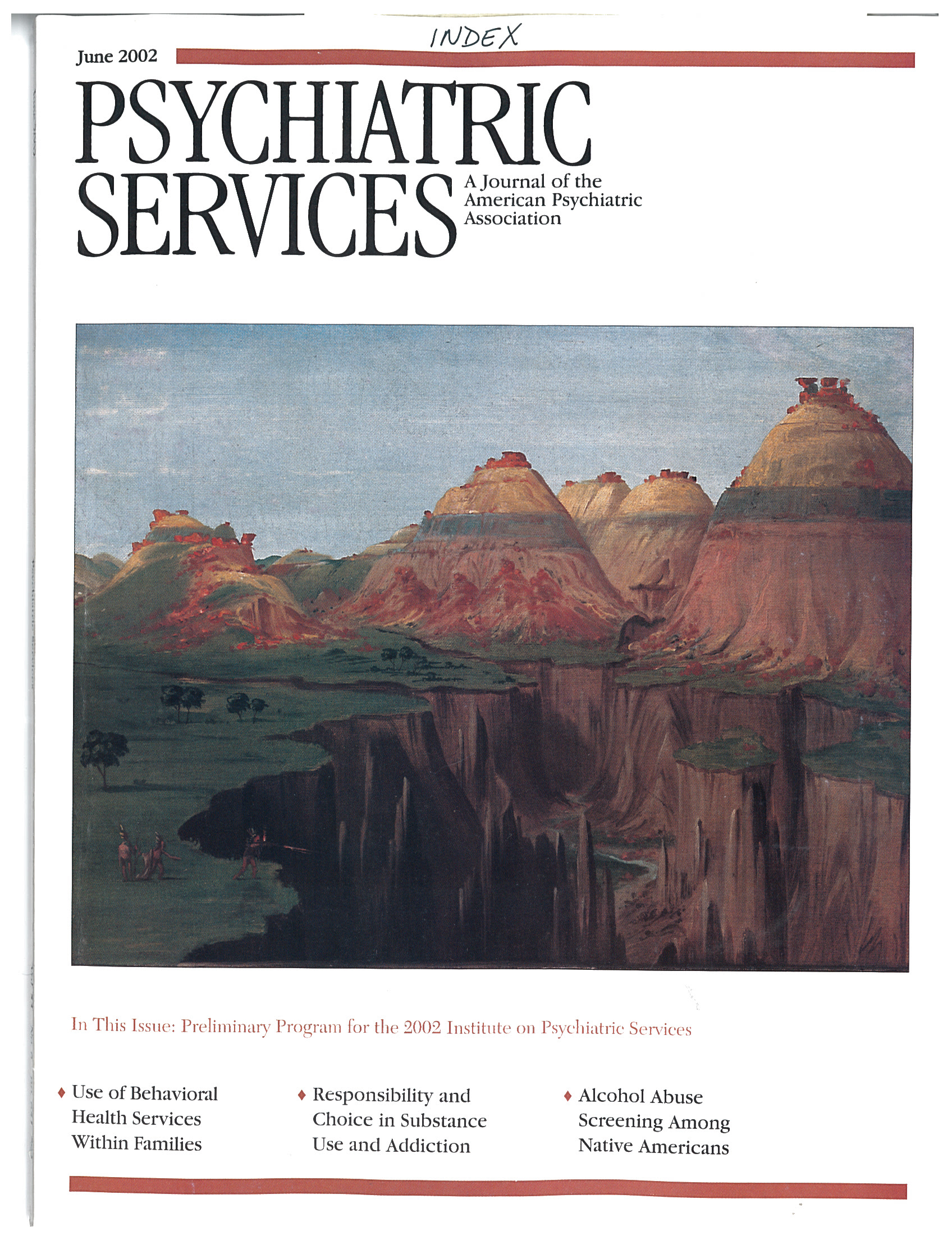The Depressed Child and Adolescent, second edition Anxiety Disorders in Children and Adolescents: Research, Assessment, and Intervention
Both of these books are from the Cambridge Child and Adolescent Psychiatry series. Each begins with the stated goal of presenting a "thorough critical review of the etiology, natural history, management, prevention, and impact on later adult adjustment" of the disorders covered. Each succeeds admirably in meeting its goal.
Both books begin with a marvelous grounding in the historical perspective of their topic. The history of mood disorders and depression is traced from the development of child psychiatry in the 1920s and 1930s to the development of academic child psychiatry in the 1970s to the present. Along the way, changing concepts of "childhood" and "depression" are highlighted.
The history of anxiety disorders is traced from Hippocrates' mention of fear as an illness in newborns, through the writings of Johann Weyer (the "father" of modern psychiatry), through those of Charles West (the "father" of pediatrics), to the present. Along the way, the roles of religion, heredity, temperament, upbringing, masturbation, learning at school, and life events as contributors to child anxiety are discussed. These historical presentations provide a setting from which the state of the art in child and adolescent psychiatry is presented.
One of the chapters I like most in The Depressed Child and Adolescent is "Suicidal Behavior in Adolescents." The authors provide a review of the literature and then move on to provide a psychological framework for suicidal behavior in depressed adolescents. They point out that not every depressed adolescent attempts to commit suicide and not every suicidal adolescent is depressed.
Depression and its relationship with suicide extend along a continuum, from having risk factors for depression, to having nonsuicidal depression, to having suicidal thoughts, to having suicidal depression, and finally to suicidal behavior. The shift from suicidal ideation to suicidal depression can be viewed as the result of the formation of a cognitive "cage" formed of limited problem-solving skills, a feeling of hopelessness or helplessness, and an accumulation of negative life events and often worsening family relationships. The shift from suicidal depression to attempted or completed suicide is described as an attempt to put an end to an "unbearable conscious pain" —as opposed to a cry for help or a play for attention—combined with suicidal ideation and facilitated by having the means, the opportunity, and some trigger for the attempt.
Other unique and interesting chapters in the book include "The Development of Emotional Intelligence," "Developmental Precursors of Depression," and "Life Events: Their Nature and Effects."
In Anxiety Disorders in Children and Adolescents, I especially liked the chapter "Psychosocial Developmental Theory in Relation to Anxiety and Its Disorders." The authors review various psychosocial developmental theories of anxiety states and then present an age-based classification of the onset and prevalence of anxiety disorders and phobias in children, organized by cluster.
In cluster 1, which includes children five to nine years of age, fear of fantasy objects, nightmares, and animals is associated with separation anxiety disorder and specific phobia (animal type). In cluster 2, children nine to 13 years of age, fear of physical things like natural disasters or accidents is associated with avoidant disorder and specific phobias (natural and situational type). Cluster 3 covers adolescents aged 13 to 17; here, fear of inadequacy in behavior, appearance, performance, or other social realms is associated with overanxious disorder and social phobia. In cluster 4, covering 17- to 21-year-olds, fear of personal loss such as close relationships or failing personal standards is associated with panic disorder and agoraphobia.
Each of these clusters is associated with a stage of psychosocial development (impulsive, self-protective, conformist, or self-aware), suggesting that developmental stage—and age—may have a key role in the type of anxiety disorder or phobia that develops in a child.
Other notable chapters in this book include "Friends Or Foes? Peer Influences on Anxiety Among Children and Adolescents," "Conditioning Models of Childhood Anxiety," and "Child-Parent Relations: Attachment and Anxiety Disorders."
Despite the multiauthor structure of these books, all chapters in both are clear and easy to understand and provide a description of the current state of their respective areas of child and adolescent psychiatry. These would be excellent books for anyone interested in child and adolescent psychiatry to have on the shelf.
Dr. Matthews is affiliated with the department of psychiatry of Oregon Health and Sciences University in Portland, Oregon.



